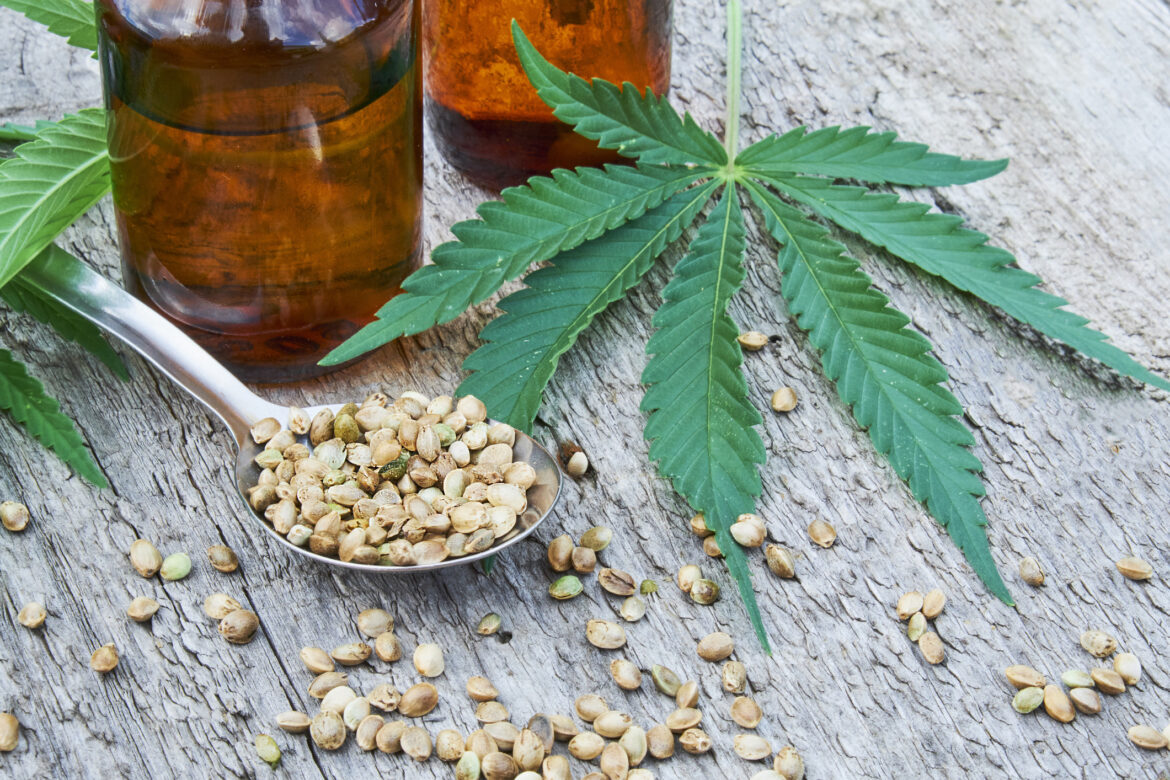A new study shows how cannabidiol (CBD), a molecule found in cannabis, reduces seizures in numerous types of treatment-resistant paediatric epilepsy. The present study, led by experts from NYU Grossman School of Medicine, showed that CBD blocked signals transmitted by lysophosphatidylinositol, a molecule (LPI). LPI is present in neurons, which are brain cells, and is assumed to boost nerve transmissions as part of regular operation.
However, sickness can cause LPI to be hijacked and cause seizures. The study, which was published online on February 13 in Neuron, validated a prior result that CBD inhibits LPI’s capacity to enhance nerve impulses in a brain area known as the hippocampus. The recent findings imply, for the first time, that LPI decreases anti-seizure signals, further explaining the benefit of CBD therapy.
“Our results deepen the field’s understanding of a central seizure-inducing mechanism, with many implications for the pursuit of new treatment approaches,” said corresponding author Richard W. Tsien, chair of the Department of Physiology and Neuroscience at NYU Langone Health.
“The study also clarified how CBD counters seizures, but more broadly how circuits are balanced in the brain,” added Tsien. “Related imbalances are present in autism and schizophrenia so that the paper may have a broader impact.”
The findings focus on how each neuron “fires” to send an electrical pulse along an extension of itself until it reaches a synapse, which is the gap that joins it to the next cell in a neural pathway. When the pulse reaches the cell’s end before the synapse, it causes the release of neurotransmitters, which float over the gap and effect the next cell in line. When such signals overlap, the cell is either encouraged to fire (excited) or inhibited from firing (inhibition). The right balance of the two is critical for brain function; too much excitement induces seizures.
The new study examined multiple rat models to investigate seizure processes, generally by monitoring information-carrying electrical current flows with fine-tipped electrodes. Other studies investigated the effect of LPI by genetically eliminating its major signalling partner or by detecting LPI release after seizures.
The researchers discovered that either genetically modifying mice to lack GPR55 or pre-treatment with plant-derived CBD prior to seizure-inducing stimuli inhibited LPI-mediated effects on both excitatory and inhibitory synaptic transmission. While previous research has indicated GPR55 as a CBD seizure-reduction target, the new study revealed a more comprehensive, hypothesised mechanism of action.
The authors believe that CBD inhibits a “positive feedback loop” in which seizures boost LPI-GPR55 signalling, which presumably stimulates more seizures, which raises LPI and GPR55 levels. The postulated vicious loop is one method that might explain recurring epileptic seizures, however further research is required to prove this.
Furthermore, while the present study focused on the plant-based cannabinoid CBD, the authors point out that LPI is part of a signalling network that includes “endocannabinoids” such as 2-Arachidonoylglycerol (2-AG), which occur naturally in human tissues. CBD also regulates LPI and 2-AG target receptors, although their activities at the synapse vary. While LPI amplifies incoming electrical impulses, endocannabinoids such as 2-AG respond to increased brain activity by decreasing neurotransmitter release from nerve cells. Surprisingly, LPI and 2-AG can be transformed into one other by enzyme activity.
“Theoretically, the brain could control activity by toggling between pro-excitatory LPI and the restorative actions of 2-AG,” said first study author Evan Rosenberg, PhD, a post-doctoral scholar in the Tsein’s lab. “Drug designers could inhibit the enzymes that underpin LPI production or promote its conversion to 2-AG, as an additional approach to control seizures. LPI could also serve as a biomarker of seizures or predictor of clinical responsiveness to CBD, providing an area of future research.”

